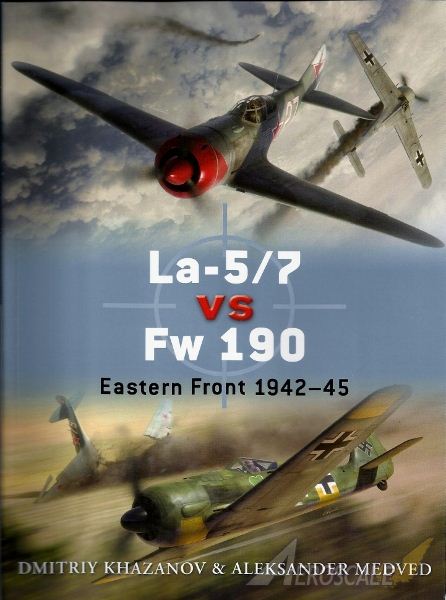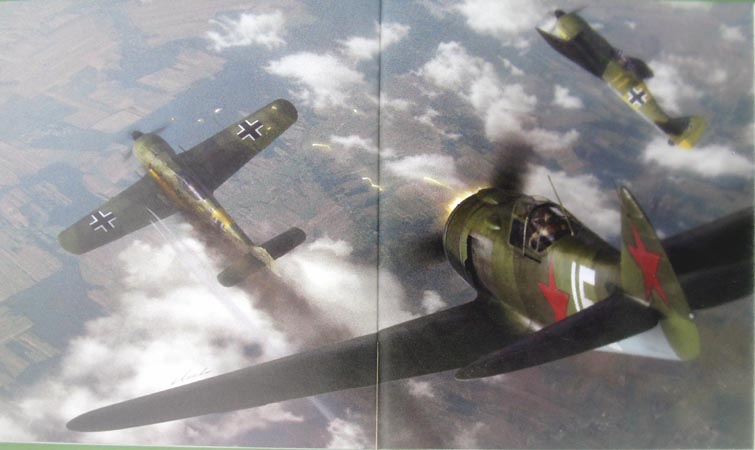

Link to Item
If you have comments or questions please post them here.
Thanks!







The short-nose FW-190s were not "saved" by re-engining to an in-line engine... They remained, including the F, in full production until the end of the war...
Vertical fighting itself was not necessarily highly useful in the lower altitude fighting of the late war period
...high altitude bomber interceptions were not helped by the D-9's lower firepower...
...and could not out-turn Western Allied fighters in prolonged low-speed turns which the earlier short-nosed FW-190s could..






Bear in mind that as the Fw 190 became heavier, it was relegated to attacking bombers while obsolescent Bf 109s, due to their superior engine at higher altitude, were assigned as top cover to take on the escort fighters.
That's why almost all Fw units were withdrawn from Defense of the Reich duties after D-Day, to fight Jabos at low and medium altitudes.
The 109s used for escorting the 'bomber destroyer' variants of the Fw 190 weren't obsolescent either, they were either the G-14 or G-10 or G-6 AS engined variants quite capable of out-climbing and out-turning P-51s...
Quoted TextThat's why almost all Fw units were withdrawn from Defense of the Reich duties after D-Day, to fight Jabos at low and medium altitudes.
..quite the opposite in fact. The Fw equipped units fighting Jabos were primarily those Western Front Geschwader that had always been on the Western Front ie JG 2 and JG 26. Virtually the only units on Defence of the Reich duties after D-Day were Fw 190 equipped Gruppen



I think Neil is more correct here: By late 1944 the proportion of Western Front single engine fighters was 70% FW-190A vs 30% Me-109G, and increasing...
There is no question the FW-190A was undertaking all roles in the West by late 1944, gradually edging out the Me-109G, and heavily used in the air superiority role as demonstrated by the common removal of the outer wing guns on As, and the heavy use of F-8s which similarly tipped the scale lighter because of that...
As for the Me-109G having no chance against the P-51 in single combat... The fact that they turned with each other for 15 minutes on end show they were well-matched in their mediocre turning ability... The P-51 could probably cut a much harder turn at high speed but was barely equal to the Me-109G at sustained turn speeds.
The fact that they turned with each other for 15 minutes on end show they were well-matched in their mediocre turning ability...
You would think in June the introduction MW-50 injection on the G-14, with 1800 hp maximum for a full ten minutes over 1500 hp for three minutes previously on the G-6, would give the Me-109G a new edge, but the MW-50 injection could not be used in prolonged dive without risking blowing up the engine, and was subject to oil starvation on steep climbs, so it could only be used safely horizontally where its utility was limited... It also added 300 pounds to the weight...
The Me-109G was less expensive to produce than the FW-190A, and its characteristics were actually better suited to combat Soviet fighters on the vertical, so I would say it was slightly obsolete on the Western Front, but fully up to date on the Eastern front, where it outnumbered the Fw-190A.



 |